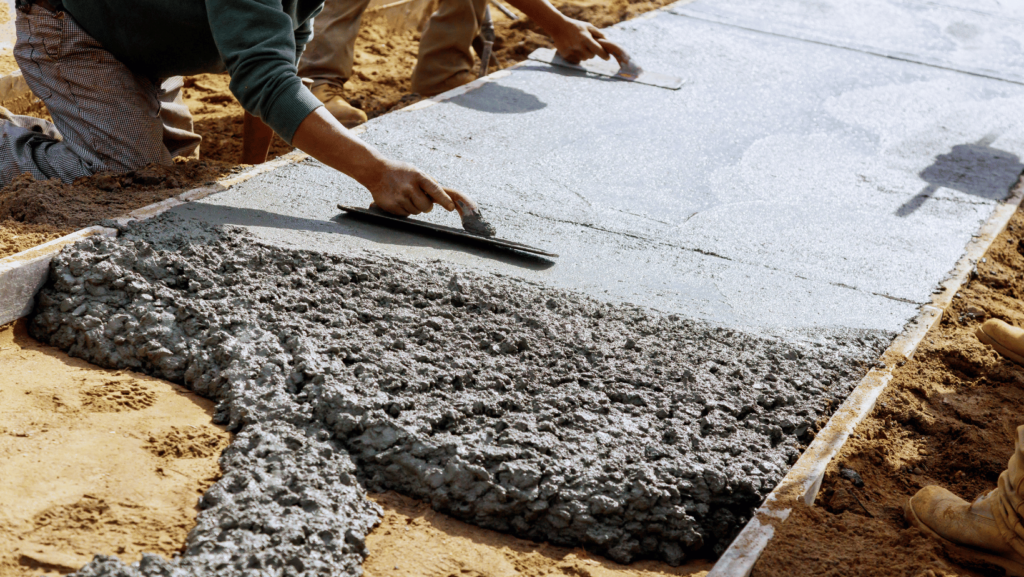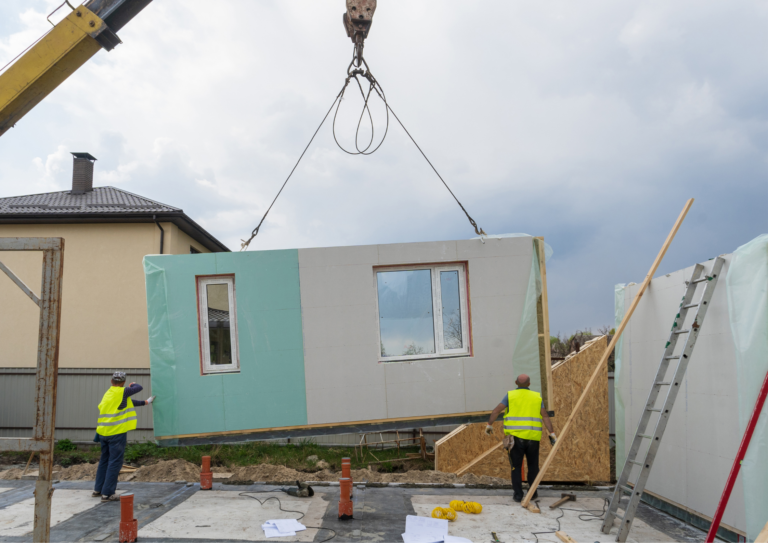Pervious concrete, also known as permeable or porous concrete, is a unique construction material that offers several benefits in terms of sustainability and stormwater management. By understanding both its advantages and disadvantages, we can gain valuable insights into its applications and limitations. In this article, we will delve into the features, benefits, and drawbacks of pervious concrete, providing a comprehensive overview of this eco-friendly solution.

Disadvantages of pervious concrete
Despite its numerous benefits, pervious concrete does have certain disadvantages that should be taken into consideration;
a. Lower strength: Pervious concrete typically possesses lower compressive strength compared to traditional concrete. This limitation restricts its application in heavy-duty structural projects.
b. Clogging: Over time, the pores of pervious concrete can become clogged with debris, sediment, or fine particles. This reduces its permeability and requires periodic maintenance to sustain its effectiveness.
c. Limited freeze-thaw durability: In colder climates, the freeze-thaw cycle can pose challenges for pervious concrete, potentially leading to cracking or surface deterioration.
Benefits of pervious concrete
Pervious concrete offers several advantages that contribute to its growing popularity as a sustainable construction material;
a. Stormwater management: One of the primary benefits of pervious concrete is its ability to effectively manage stormwater. It allows rainwater to infiltrate through its porous structure, reducing runoff and alleviating strain on stormwater systems.
b. Groundwater recharge: By enabling water to permeate through its surface, pervious concrete facilitates groundwater recharge, replenishing local aquifers and contributing to sustainable water management.
c. Reduced urban heat island effect: Pervious concrete helps mitigate the urban heat island effect by allowing water to evaporate from its surface, lowering ambient temperatures and improving the microclimate.
d. Improved water quality: As rainwater filters through the porous structure, pervious concrete effectively removes pollutants and contaminants, resulting in cleaner water reaching the underground aquifers.
Features of pervious concrete
Pervious concrete possesses distinctive features that make it a viable option for various applications;
a. Porous structure: Pervious concrete contains interconnected voids that allow water to infiltrate through the material, ensuring effective drainage and reducing surface runoff.
b. Durable and long-lasting: Despite its lower strength compared to conventional concrete, pervious concrete can still provide a durable surface when designed and installed correctly.
c. Versatile applications: Pervious concrete finds applications in a range of projects, including parking lots, walkways, driveways, and low-volume roadways, where stormwater management is crucial.
d. Environmental sustainability: By minimizing runoff and promoting natural water filtration, pervious concrete contributes to environmental sustainability and supports green infrastructure initiatives.
Problems with permeable concrete
While pervious concrete offers numerous benefits, there are a few challenges associated with its use;
a. Maintenance requirements: Pervious concrete requires regular maintenance to prevent clogging and maintain its permeability. This involves vacuuming, pressure washing, or occasionally resurfacing the material.
b. Cost considerations: The installation cost of pervious concrete can be higher than that of traditional impervious surfaces due to the specialised equipment, materials, and installation techniques required.
c. Site suitability: Pervious concrete may not be suitable for every site due to soil conditions, groundwater levels, or site-specific constraints. Proper site evaluation and engineering are crucial for successful implementation.
Conclusion
Pervious concrete offers a sustainable solution for effective stormwater management, groundwater recharge, and environmental conservation. While it has certain disadvantages such as lower strength and maintenance requirements, its benefits in terms of mitigating the urban heat island effect and improving water quality make it an attractive choice. By understanding the features, advantages, and limitations of pervious concrete, engineers, architects, and urban planners can make informed decisions about its application in their projects, contributing to a greener and more sustainable future.
Hyperlink: Automated Bricklaying Machine in the World
Remember to check out the fascinating advancements in the field of automated bricklaying machines, revolutionizing the construction industry.






3 comments
8 Effects of Excessive Water in Concrete You Need to Know
[…] you want to read about pervious concrete, click […]
The Ultimate Guide to Quikrete Portland Cement Mixing Instructions
[…] Don’t know how to use this innovative technology? Don’t have a guide for Quikrete Portland Cement mixing instructions? Now that you are at Brickborne, second-guess no […]
Everything You Need to Know About Insulated Concrete Formwork
[…] that demands sustainability, Brickborne would like you to meet ICFs. Or better known as Insulated Concrete Formwork. But what is an Insulated Concrete […]